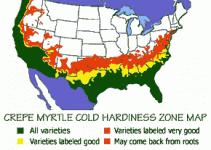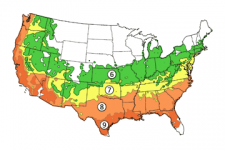KY Hiker
Bronze Member
- Oct 28, 2014
- 1,539
- 3,221
- Detector(s) used
- Whites
- Primary Interest:
- All Treasure Hunting
So just where is myrtle growing in the wilds in KY? I always assumed it means laurel/rhodo... but if it truely means myrtle what does it look like and just where does it grow wild? I have had little success finding this anywhere in the woods. Online research has got me no where.... Did myrtle have a different meaning in 1790? Could this be a key to finding the indian stairway and the lighthouse (arch) and and the buffalo rock and thus the mine?
The blooms do not look like laurel in bloom.... the leaves are somewhat similar though...and yea I know, there is a beach named for it! There is a creeping version of it that is a ground cover called periwinkle that is native to KY... any ideas?
https://en.wikipedia.org/wiki/Myrtus
https://www.bing.com/images/search?q=myrtle&qpvt=myrtle+&FORM=IGRE
The blooms do not look like laurel in bloom.... the leaves are somewhat similar though...and yea I know, there is a beach named for it! There is a creeping version of it that is a ground cover called periwinkle that is native to KY... any ideas?
https://en.wikipedia.org/wiki/Myrtus
https://www.bing.com/images/search?q=myrtle&qpvt=myrtle+&FORM=IGRE
Last edited:




 got me. Mundy a she? An old homestead in the KY wilderness in 1760? I thought Castleman's and Martin's Station were the last settlements on the frontier at that time? Unless there was a wild fire the Myrtle thicket would still have some remnant left I would think.
got me. Mundy a she? An old homestead in the KY wilderness in 1760? I thought Castleman's and Martin's Station were the last settlements on the frontier at that time? Unless there was a wild fire the Myrtle thicket would still have some remnant left I would think.


